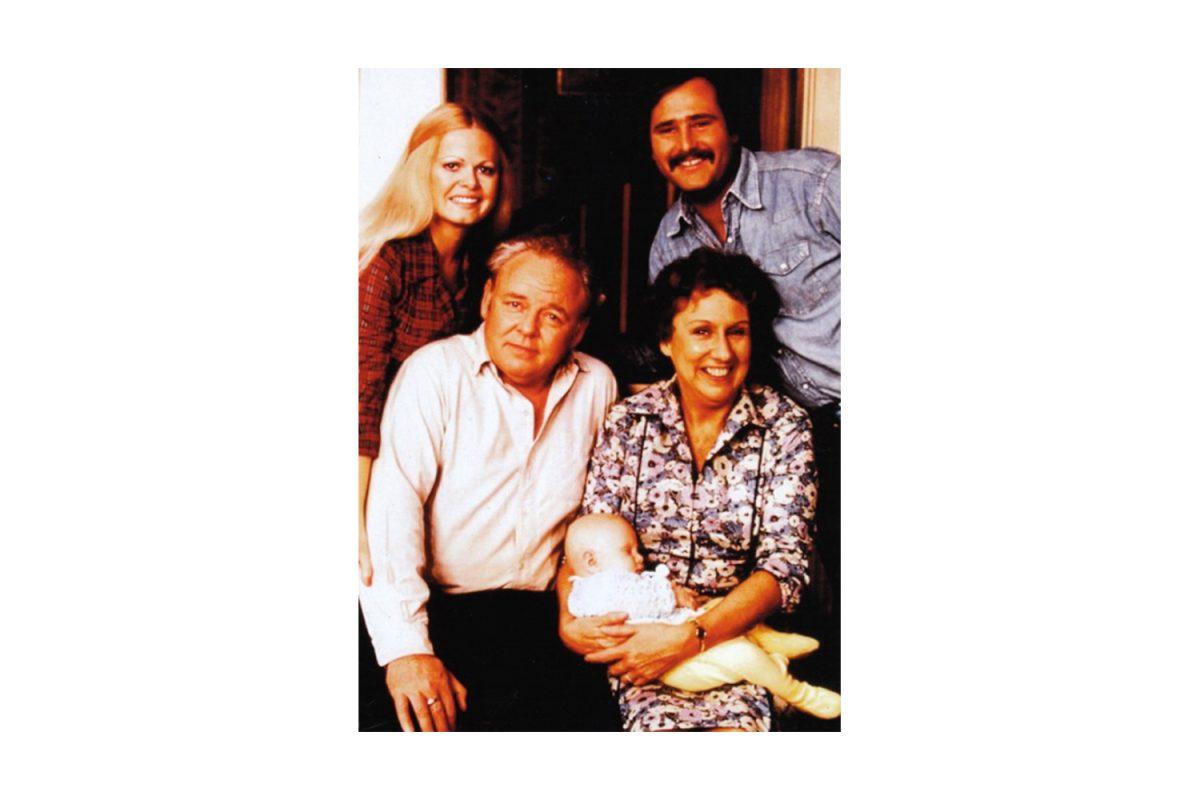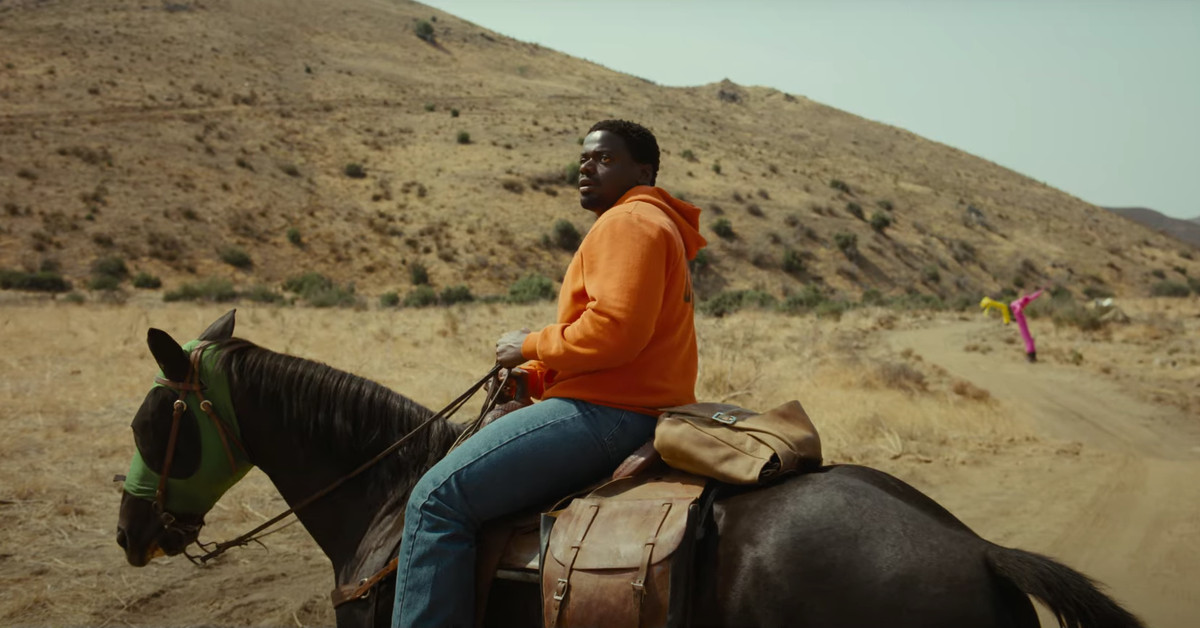
“Our incredible cast and crew worked very hard to bring you the most immersive and authentic film experience we could. There’s real F-18s, real Gs, real speed,” Tom Cruise explained through the theater’s blaring speakers.
In the summer of 2022, I went to see “Top Gun: Maverick” in theaters. As a U.S. Air Force advertisement played amongst the usual trailers and commercials, I found my eyes rolling at the omen of what was to come. As the lights dimmed and Cruise’s face appeared on screen, the rest of the audience buzzed with excitement.
The praise that “Top Gun: Maverick” garnered initially surprised me. Except for its practical action scenes, the film is rather tired. The story is dull (at least for my taste) and the faceless foreign enemies left me with no investment in the central plot. I couldn’t shake the feeling that this was a two-hour military recruitment video (albeit one with some great moments) that I had paid 20 dollars to see.
Hollywood’s ties to the military are nothing new. Great American directors, like Frank Capra and John Ford, shot instructional films during World War II. Even Disney cartoons joined the fun, lampooning the Nazi army and promoting hateful Japanese stereotypes in the process. The Oscar Award-winning short film “Der Fuehrer’s Face” shows Donald Duck trotting through a Nazi-themed nightmare only to wake up in American flag pajamas to kiss his Statue of Liberty replica. Despite the aforementioned racism, it isn’t hard to see how America got behind this sort of picture. Lampooning oppressors, an admirable feat, was and is favorable.
Right-wing talking head Tomi Lahren praised “Top Gun: Maverick,” tweeting: “The undeniable success of Top Gun is proof Americans are sick of WOKE and just want to watch good movies without a grandstanding social justice message!!” Despite the pro-American intentions, I doubt the film’s success reflects an increase in widespread patriotism, but rather a demand for original blockbusters. “Top Gun: Maverick,” though part of a popular intellectual property (IP), comes decades after the original film. The proclaimed apolitical nature of the picture only brings more attendees to the theater in a divisive age of social and political turmoil.
But is “Top Gun: Maverick” truly apolitical? Can a film be apolitical when the script was directly approved, and in some cases modified, by the United States military? It’s understandable why the Pentagon would be willing to collaborate with “Top Gun: Maverick” and not with films like “Apocalypse Now,” “Platoon” and “Full Metal Jacket.” Thirty thousand pages of Department of Defense documents, acquired through the Freedom of Information Act, show that the Pentagon and the Central Intelligence Agency (CIA) have exercised editorial control on over 2,500 films and television shows. Military involvement in entertainment is more widespread than most would imagine, affecting everything from “Captain America” to “The A-Team.” In exchange for influence over the script, filmmakers are allowed access to all sorts of military toys. As Cruise proudly stated, “Top Gun: Maverick” used “real F-18s.”
Some films fail to reach fruition due to a lack of military support. Mentions of war crimes, waterboarding or other U.S. Armed Forces controversies can easily get a script flagged.
That being said, there are clear exceptions. In 2012, “Zero Dark Thirty” implied that the torture of Al-Qaeda affiliates led to the death of Osama bin Laden. The Oscar Award-winning film featured a fictionalized detainee telling a CIA operative that he will supply information in hopes of not being tortured. The film also featured dozens of fictional detainees, their swollen faces suggesting “enhanced interrogation,” providing information about Abu Ahmed al-Kuwaiti. According to a Senate report, this is simply not the case: the integral information about al-Kuwait came from an Al-Qaeda operative who immediately provided his captures with information. After supplying the desired information, the operative was transferred to a “black site” prison, placed in a “hanging” stress position and kept awake for 59 hours straight.
As our country becomes more divided, there’s no clear villain for all moviegoers to rally behind, with the exception of their respective opposing parties. The need for escapism and spectacle can also be found in the immensely praised and endlessly creative “Everything Everywhere All at Once.” Daniel Kwan and Daniel Scheinert’s martial-arts family flick has everything “Top Gun: Maverick” lacks. It’s unique, original and a magnificent display in its own right. Despite being produced by the Russo brothers, the mastermind architects of the Marvel Cinematic Universe, “Everything Everywhere All at Once,” offers a genuine reason to go back to the movies. Not all blockbusters tackling political issues bathe in propaganda: James Cameron’s 2022 “Avatar: The Way of Water” pitted violent army colonizers against its blue protagonists.
As democracy crumbles and rights are revoked, I can’t help but roll my eyes at the “Top Gun” sequel. I will admit to being minorly choked up at the Val Kilmer cameo (which is followed inexplicably by shirtless football and a terrible pop song), but the faceless foreign villains and overt propagandizing cement the picture as lacking both in substance and backbone. The fight against American imperialism is endless, and with indoctrinating media continuing to garner critical and commercial success, it’s hard to envision a future where militarism doesn’t dominate our theaters and country.










































